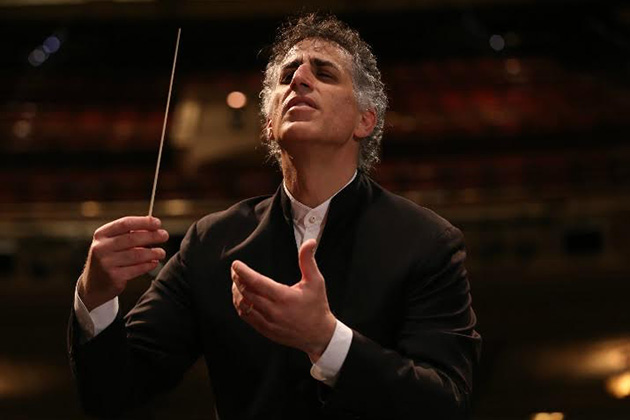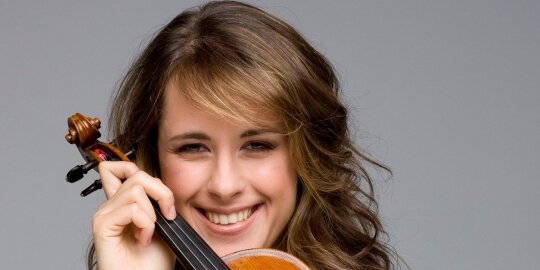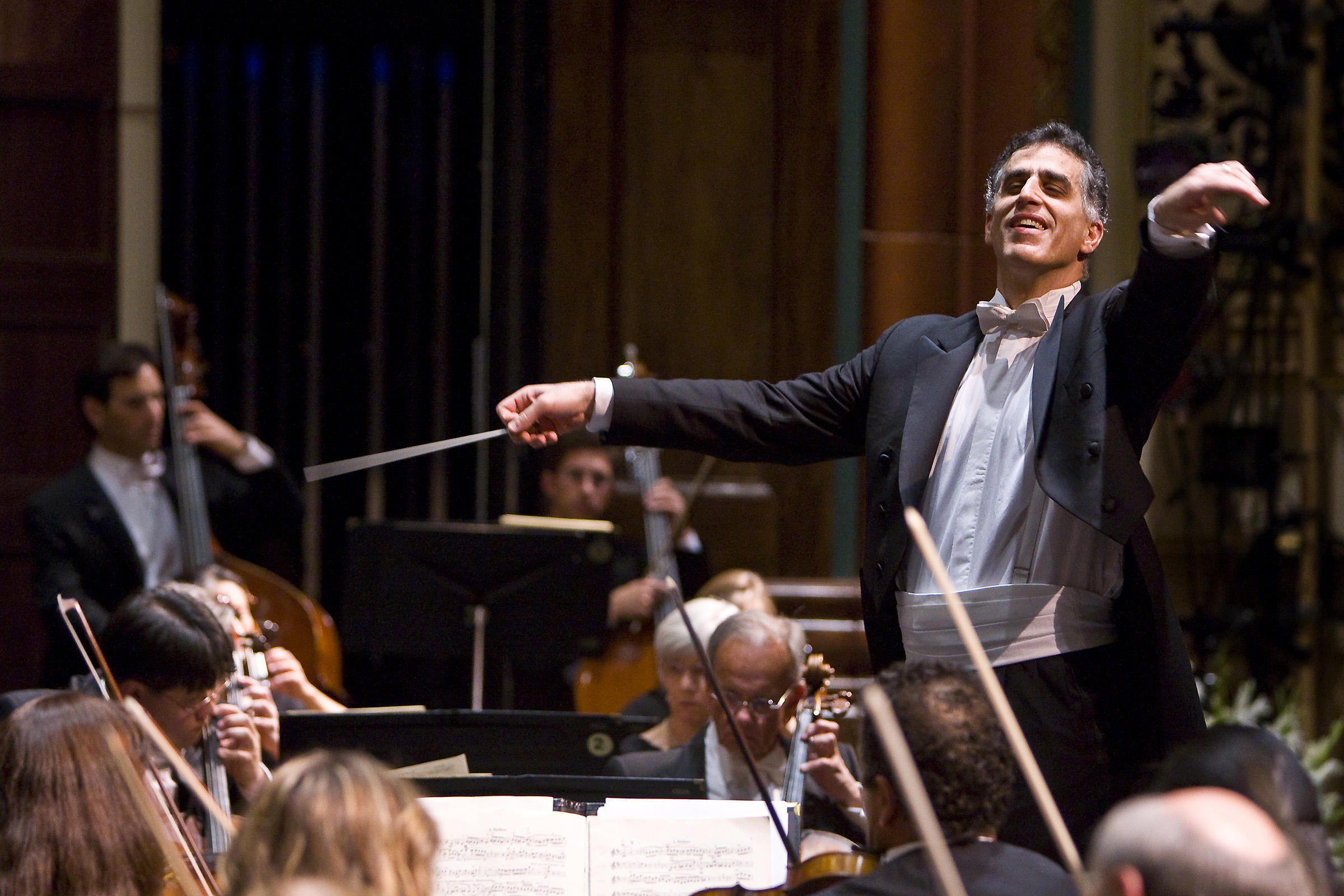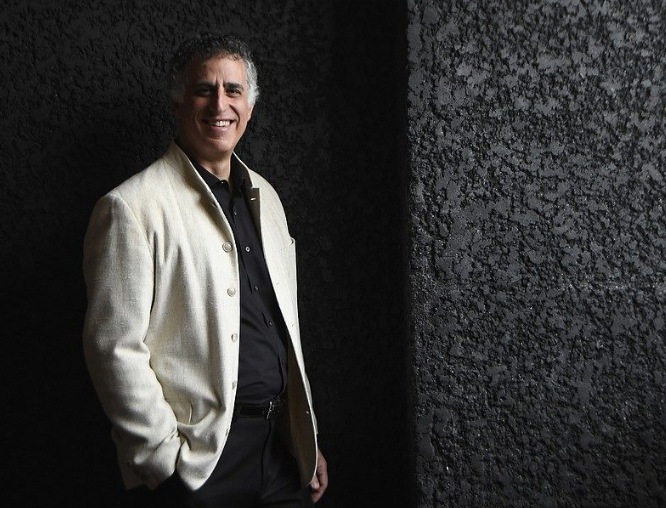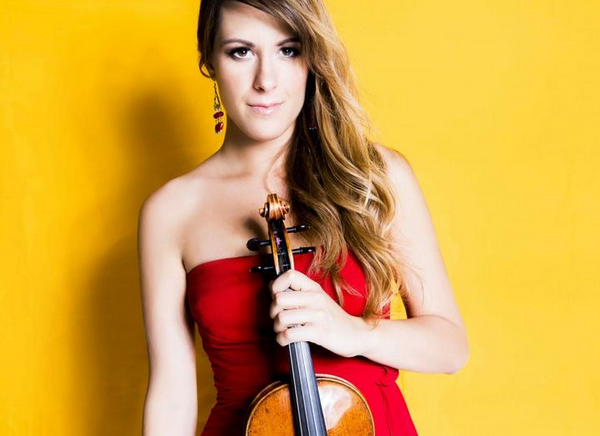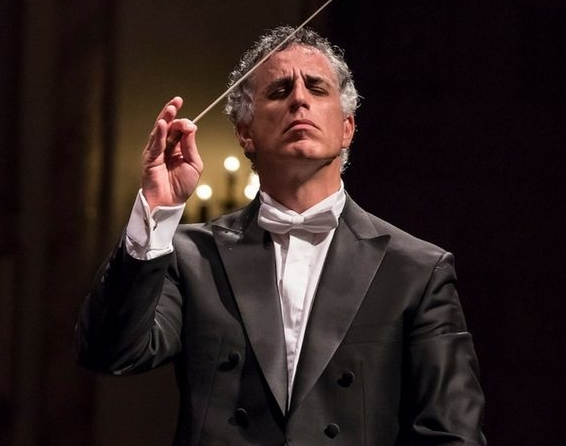Santa Barbara Symphony — read the reviews: 2019-2020
Visit the Santa Barbara Symphony website
Visit conductor Nir Kabaretti’s webpage
++ Here is my review for Santa Barbara’s arts weekly VOICE Magazine of the Santa Barbara Symphony concert of February 15 2020:
Visit guest conductor Christian Reif’s website
Visit cellist Thomas Mesa’s website
Mozart, Tchaikovsky and Graffiti
It’s refreshing to have a guest conductor pop by from time to time when the Santa Barbara Symphony’s regular Music and Artistic Director Nir Kabaretti is sharing his talents with other orchestras around the world. German conductor Christian Reif took the helm for the concert pair last weekend (February 15, 16) at the Granada Theatre and together with Cuban-American cellist Thomas Mesa gave subscribers fussy and fabulist alike, an evening of music as immaculate in execution as it was imaginative in programming design.
Mesa performed Tchaikovsky’s Variations on a Rococo Theme with measured elegance, warmth and style, humanizing what is too often seen as simply a virtuoso display piece. The concert opened with American composer Michael Gilbertson’s vibrant new masterpiece Graffiti: Concerto for Orchestra (2018) and after intermission, a Mozart doubleheader; the Overture to La Clemenza di Tito (1791) from the last year of the composer’s life and his Symphony No. 39 in E-flat Major, K. 543 (1788).
It was not difficult at Saturday’s concert to hear the salutary influence of teachers John Corigliano, Christopher Rouse and Aaron Jay Kernis among others, in Michael Gilbertson’s coy and clever, highly imaginative and unquestionably virtuoso addition to an already elite niche of works featuring the virtuosity of an orchestra and it’s various sections, his Graffiti: Concerto for Orchestra (2018). A faculty member at the San Francisco Conservatory of Music and Resident Composer with the San Francisco Contemporary Music Players, Gilbertson’s pre-performance chat with the audience enabled a better understanding of its six intriguing sections: Eye-Opener, Spray, Slow Jam, Bubble Letters, Shake, and Again and Again – each descriptive of graffiti styles and color application techniques (spray cans) used by practitioners of this distinctly urban and often beautifully censorious art form.
The orchestra string sections positioned to suit maestro Reif’s tastes - basses and celli on his left behind the first violins; second violins on his right with violas nestled next to them – responded to his clearly understood conductorial entreaties with genuine delight and sparkling professional vigor; likewise, the entire orchestra. The first movement Eye-Opener was just that; shots of musical color, multitudinous catchy rhythms and a kaleidoscope of oddly familiar sound fragments that bundled together, offered a deliciously amorphous approximation of a myth called Americana. The second movement Spray sealed the deal so to speak, with an imagination orgy of colorful flashes and swoops of sound, including a particularly magical musical moment which seemed to recreate for this listener at least, a soundscape of fast-darting schools of fish, their colors changing – dark to silver - with each spontaneous turn and tarry in the music. Spectacular!
Slow Jam shimmered in a casual jazzy sort of way, the orchestra and conductor relishing its subtle mood shifts, while Bubble Letters, with its lush and imaginative string slides, wind squeals, pointillist pizzicati and assorted pithy musical humors was executed with the nonchalance characteristic of studio-hardened pros. The glorious Shake (as in spray paint cans), and the final movement Again and Again begged the question, “are you dancing yet?” Sonic excitement from unexpected sources, percussion virtuosity that bolstered brass fanfares and high piccolo riffs – episodes, collages, rainbow colors and a big musical smile – that’s Graffiti. Next to Béla Bartók’s Concerto for Orchestra, a twentieth century masterpiece, Gilbertson’s equally brilliant Graffiti will make an excellent programming mate.
Reif’s conducting is spacious and accommodating; no mincing or dicing of musical episodes into unnecessarily micro-managed pockets and drawers. Inspired by Mozart (what programming savvy!) Tchaikovsky’s Variations on a Rococo Theme for Cello & Orchestra, Op. 33 (1877) can be an uneven affair in the hands of less cosmopolitan conductors and soloists. Contrary to a prevailing and rather manic interpretive blueprint much in fashion until recently, cellist Thomas Mesa gave one of the most elegantly delineated interpretations of the work in this listener’s memory, the conflation of languid conducting, mannered soloist and an orchestra ebbing with every interpretive nuance and flow from Reif, offered exquisite insight into the fragile classical model upon which the work is based. Graciously musical in his approach to the theme and its eight variations, Mesa illuminated where others might have blathered, shaping phrases and cadential movement in a manner pleasing to the mind and ear, while also satisfying the necessary virtuoso character of the work.
After intermission, Mozart; a mini-convocation of the master’s latter-day genius beginning with the Overture to La Clemenza di Tito (1791) and concluding with the everlastingly ebullient Symphony No. 39 in E-flat Major, K. 543 (1788). Stylistically spot-on in every detail of phrasing, dynamic contrast and performance practice, Reif nevertheless kept entirely out of the way, his rehearsals having shaped all he wanted to say about these two works. The Santa Barbara Symphony acknowledged the maestro’s compliment and played these two works with lighthearted delicacy and intuitive finesse.
Daniel Kepl | Performing Arts Review
++ Here is my review for Santa Barbara’s arts weekly VOICE Magazine of the Santa Barbara Symphony concert of January 18 2020:
Visit the Silver-Garburg piano duo website
Kabaretti rings in the New Year with a California premiere
Spirits were high and the programming interesting as conductor Nir Kabaretti launched the first concert pair of 2020 by the Santa Barbara Symphony last weekend (January 18/19) in the Granada Theatre. Guest artists, duo pianists Sivan Silver and Gil Garburg, joined Kabaretti for the California premiere of Austrian composer Richard Dünser’s Concerto for Piano, Four Hands and Strings in G minor (2016), an adaptation of Brahms’ Piano Quartet in G minor, Op. 25. The concert opened with American composer Michael Torke’s Ash (1988) from his suite of orchestral pieces, Color Music. Kabaretti conducted from memory the evening’s headliner, Beethoven’s Symphony No. 3 in Eb minor, Op. 55, Eroica (1803-04).
It’s rhythmic pulse constant and fun, in the manner of Darius Milhaud’s Le Boeuf sur le toit, Michael Torke’s Ash is the last movement of a suite of orchestral pieces that express the composer’s synesthesia; sound perceived by the brain as color. Other movements in the suite – they’re actually independent orchestral pieces - are Ecstatic Orange, Bright Blue Music and Green and Purple. Ash expresses how Torke’s brain “sees” the tonality of F minor. Kabaretti and the orchestra navigated the piece carefully without compromising the slightly punch-drunk sonic fun of the roughly eleven-minute work. Torke’s intricate rhythmic mazes, delightful if terrifying for the performers, scattered voice leading (a single melodic line moving swiftly through various instruments, colors and dynamics) and tricky interruptions and re-starts kept the orchestra on its A game.
The piano duo Sivan Silver and Gil Garburg are championing Richard Dünser’s Concerto for Piano, Four Hands and Strings in G minor, an adaptation by the composer of Brahms’ Piano Quartet in G minor, Op. 25. They’ve recorded the work for release this month and have made it a part of their repertoire. Santa Barbara audiences heard the California premiere last weekend. Playing together with exquisite, even mesmerizing élan, their four hands weaving a ballet of movement and sound, the duo’s intimate camaraderie was so sensual it’s a good thing they’re married! Luscious phrasing, delicate musical conversations whispered back and forth between the two, an attention to expressive detail accompanied by ecstatic hand longueurs above the keyboard; their musical and body parts meshed literally on the keyboard from time to time. Would Brahms have approved? Considering the piano part of the original was written for Clara Schumann, Brahms’ unattainable beloved, the answer is yes. Is this adaptation a concerto? Not really. As encore, a piano four-hand arrangement of Ernesto Lacuona’s Malagueña that brought the house down.
Speaking of bringing the house down, after intermission Kabaretti conducted from memory Beethoven’s Symphony No. 3 in Eb Major, Op. 55 “Eroica” and the orchestra, which has played the work more times than most conductors have conducted it, gave him their most confident shot. Conducting the first movement Allegro con brio in one rather than three pulses to the bar - superb and about time in Beethoven interpretations! – Kabaretti took chances and the orchestra happily obliged. The slow movement Marcia funebre: Adagio assai was given its full and dramatic emotional measure and the third movement Scherzo: Allegro vivace proceeded at a nice clip, the famous horn ensemble segments coming together with perfect punch and blend. The Finale: Allegro molto gave new meaning to lickity-split, while the movement’s various virtuoso embellishments - a lovely flute solo, fast-moving violin sectional passages performed precisely, color, balance, interpretive nuance – were executed in a manner and at a level of expertise that made it clear the Santa Barbara Symphony knows how to deliver.
Daniel Kepl | Performing Arts Review
++ Here is my review for Santa Barbara’s arts weekly VOICE Magazine of the Santa Barbara Symphony concert of November 16 2019:
Visit soprano Anya Matanovic’s website
Resurrection and realpolitik: Mozart, Mahler & Julia Wolfe
Conductor Nir Kabaretti and the Santa Barbara Symphony with guest artist soprano Anya Matanovic offered an intriguing program last weekend at Santa Barbara’s Granada Theatre that outlined a lovely and sensible narrative arc. Two works focused on ecstasy and metamorphosis - Mozart’s Exsultate, jubilate, K. 165 which opened the program and Gustav Mahler’s Symphony No. 4 in G Major which brought the evening to a gentle and meditative close. Sandwiched between, Julia Wolfe’s automaton nightmare about the world in which we live today, Fuel for Strings (2007). Musically, the evening’s scorecard was mixed; two home runs and a near miss.
Kabaretti opened last Saturday night’s concert with a lean and polished performance of Mozart’s Exsultate, jubilate Motet for Soprano and Orchestra K. 165 (1773). Emphasizing the elegant virtuosity and stylish phrasing the orchestra has achieved over the years under Kabaretti’s attentive leadership, the performance also highlighted American soprano Anya Matanovic’s clarion singing. Hers is a bright, clean and articulate instrument and the innocent joy of her approach to Mozart’s coloratura moments, while also maintaining perfect discipline in intonation and dynamic elasticity, gave the performance frisson.
Filmmaker Bill Morrison created a stunning Koyaanisqatsi-like video to accompany Julia Wolfe’s Fuel for Strings, which followed. Wolfe’s frenetic minimalist composition style suited Morrison’s not very cheerful visual meditation on our increasingly robotic world. Ominous giant cranes on steroids at two of the world’s great seaports, New York City and Hamburg are seen dipping, lifting, shifting and dumping cargo containers day and night ad infinitum and at fast frame speed à la Philip Glass. The takeaway from Morrison and Wolfe’s visual/musical parable; disturbing memories of 1953’s War of the Worlds and the likely catastrophic consequence of our overdeveloped and overpopulated future. Wolfe’s minimalist, repetitive, frenzied and busy as an overheated human beehive score was interesting for the first few minutes of its 21-minute duration but soon became like the film itself, a haze of repetitive monotony. That’s undoubtedly the point at some deep Om level, but the taxing length of Fuel stretched credulity.
After intermission, a treat for music lovers because so seldom performed, Gustav Mahler’s Symhpony No. 4 in G Major (1899-1900). Lasting about an hour, with Kabaretti’s vibrant tempi the work was spellbinding from the iconic sleigh bells that gently announce the pace and temperament of the first movement, to soprano Anya Matanovic’s touching presentation of the text Das Himmlische Leben (The Heavenly Life) in the last movement of the score – a child’s vision of heaven. In between, a sprawling turn-of-the-last-century late romantic musical portrait of Vienna, gemütlichkeit, European Jewishness and at even deeper levels, the progress from earthbound to angelic consciousness.
Daniel Kepl | Performing Arts Review
++ Here is my review for Santa Barbara’s arts weekly VOICE Magazine of the Santa Barbara Symphony concert of October 19 2019:
Visit violinist Francesca Dego’s website
Festa Italiana - molto bello!
Pre-curtain champagne flowed generously, the opening night crowd buzzed in happy fraternity, even the orchestra looked younger at last Saturday night’s launch of the first pair of weekend concerts to open the Santa Barbara Symphony’s 2019-2020 season, it’s 66th at the Granada Theatre. The ensemble’s affable maestro Nir Kabaretti had assembled a program – Festa Italiana! – which erred cheerfully on the side of pure entertainment. Verdi’s Overture to La Forza del Destino; Nicòlo Paganini’s insanely fun and hugely difficult Violin Concerto No. 1 in D Major, Op. 6 with Italian virtuosa Francesca Dego and after intermission, Mendelssohn’s puckish take on the Italians, his Symphony No. 4 in A Major, Op. 90 (Italian) with Tchaikovsky’s magnificently Italo-czarist Capriccio Italien, Op. 45 to finish.
Conducting entirely from memory with the exception of the Paganini concerto – a field of landmines for soloist and conductor alike requiring a good road map – Kabaretti opened the program with a complicated comfort piece, the Overture to Guiseppe Verdi’s 1862 opera La Forza del Destino. Audience members not aware previously of Kabaretti’s extensive and continuing conducting career at the opera houses of Rome, Milan, Florence and elsewhere around the world, were set straight immediately as the maestro wasted no time and spared not the rod in leading a taut, authoritative, stylish, moody, fast and furious performance. The orchestra, God bless them one and all, followed Kabaretti’s gutsy tempi, navigating the composer’s sometimes nightmarish avalanches of notes with an aplomb bred of their own extensive professional experience; the cherished war horse snorted fire and popped with energy. Nice, very nice.
In 2008 London-based violinist Francesca Dego became the first Italian female prize-winner at the Genoa Paganini Competition. She hasn’t looked back since. Her violin, a Francesco Ruggeri (Cremona 1697) produces an intoxicatingly rich tone and because of its extraordinary sonority, also enables a wide range of colors that facilitate the encyclopedic cornucopia of fiddle effects and affectations that were Niccolò Paganini’s (1782-1840) calling card and earned him the adoration of audiences throughout Europe as the most celebrated violin virtuoso of his time. The three movements of his Violin Concerto No. 1 are among the most difficult solo challenges in the repertoire. Essentially one gigantic cadenza, the concerto is chock-o-block with episodes and asides, a baker’s dozen at least of finger-twisting double stops, harmonics, spicatti, pizzicati and other visually dazzling bow and fingering effects meant to blow the minds of listeners and warn lesser talents to stay away. Dego played the concerto with consistently perfect intonation and spectacular technical wizardry. Kabaretti and the orchestra accompanied adroitly. For encore Dego offered nothing less than the B-flat Major Caprice No. 13 (Devil’s Laughter).
Santa Barbara Symphony Principal Cello Trevor Handy opened the second half of the program with a lovely tribute to cellist Geoffrey Rutkowski, Principal Cello of the orchestra from 1968 to 2011, who passed in July. An elegantly simple performance by Handy of the Sarabande from Bach’s Cello Suite No. 1 gave those many in the audience who knew Geoff an opportunity to reflect before a high-octane performance of Mendelssohn’s Symphony No. 4 in A Major (Italian). The orchestra has a fresh, younger look this season after a summer of auditions and placements. An important aspect of maestro Kabaretti’s job description is to continually elevate the standard of the orchestra’s personnel and the new hires for 2019-2020 did not disappoint, making their presence and virtuosity known immediately, with a sublimely effortless and fleet-footed performance of Mendelssohn’s sunny masterpiece.
Topping off the evening, Tchaikovsky’s Capriccio Italien, Op. 45 in a razzle-dazzle reading that found all sections of the orchestra – strings, winds, brass and percussion – in excellent voice. Without compromise, Kabaretti pushed tempi, shaped imagery and forged narratives of sound that quickened the pulse and pumped up expectations for the season ahead. And to send everyone home with an Italian standard that says it all, a magnificent arrangement of Funiculì Funiculà.
Daniel Kepl | Performing Arts Review
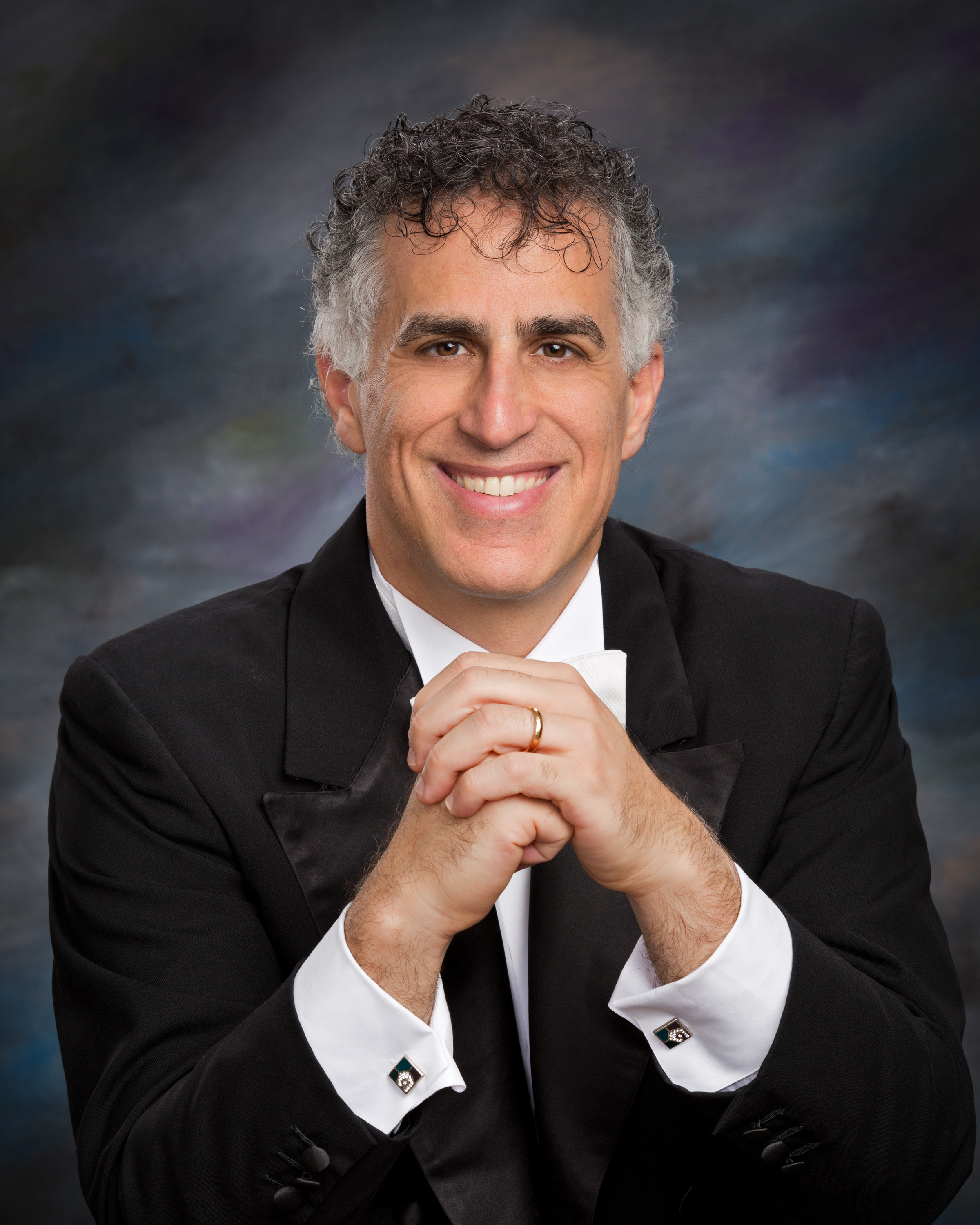
Conductor Nir Kabaretti


Composer Michael Gilbertson explains his piece Graffiti to the Santa Barbara Symphony audience while guest conductor Christian Reif looks on - all concert photos by David Bazemore


Guest conductor Christian Reif

Cellist Thomas Mesa




All photos by David Bazemore




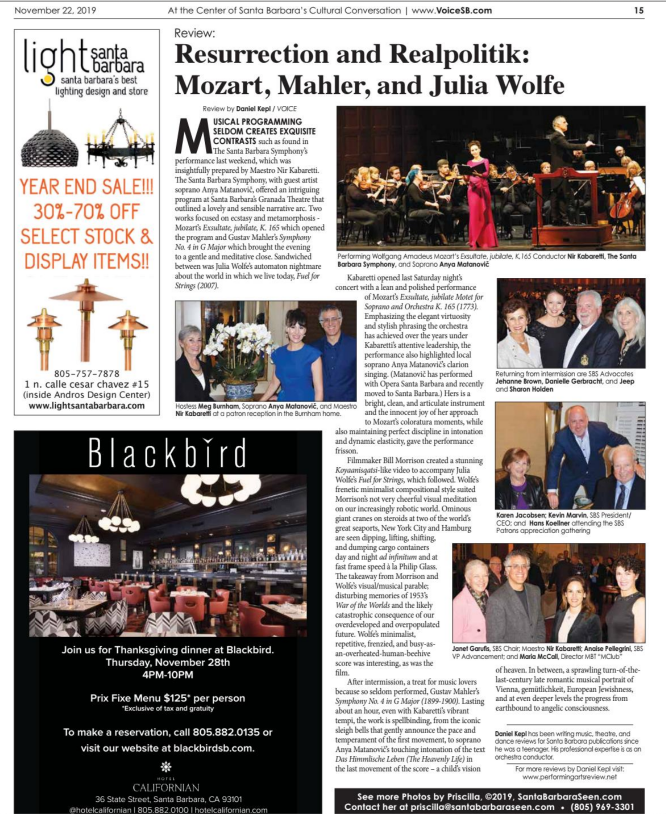
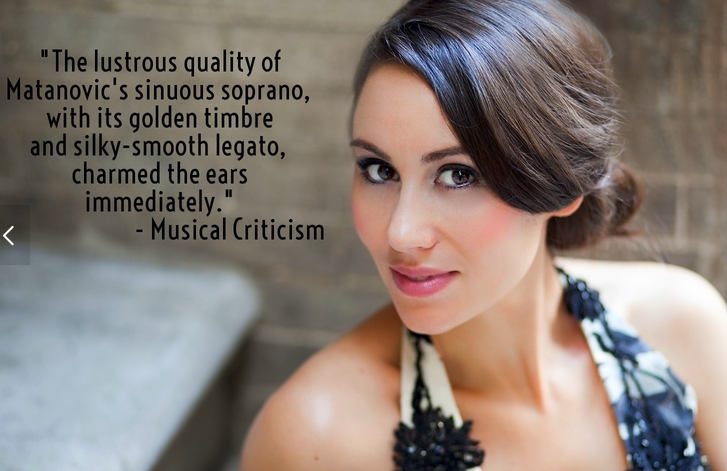
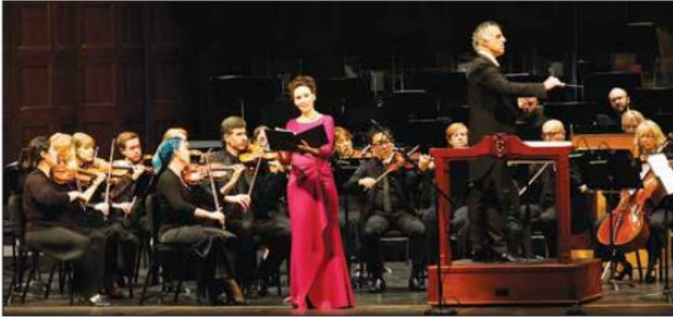


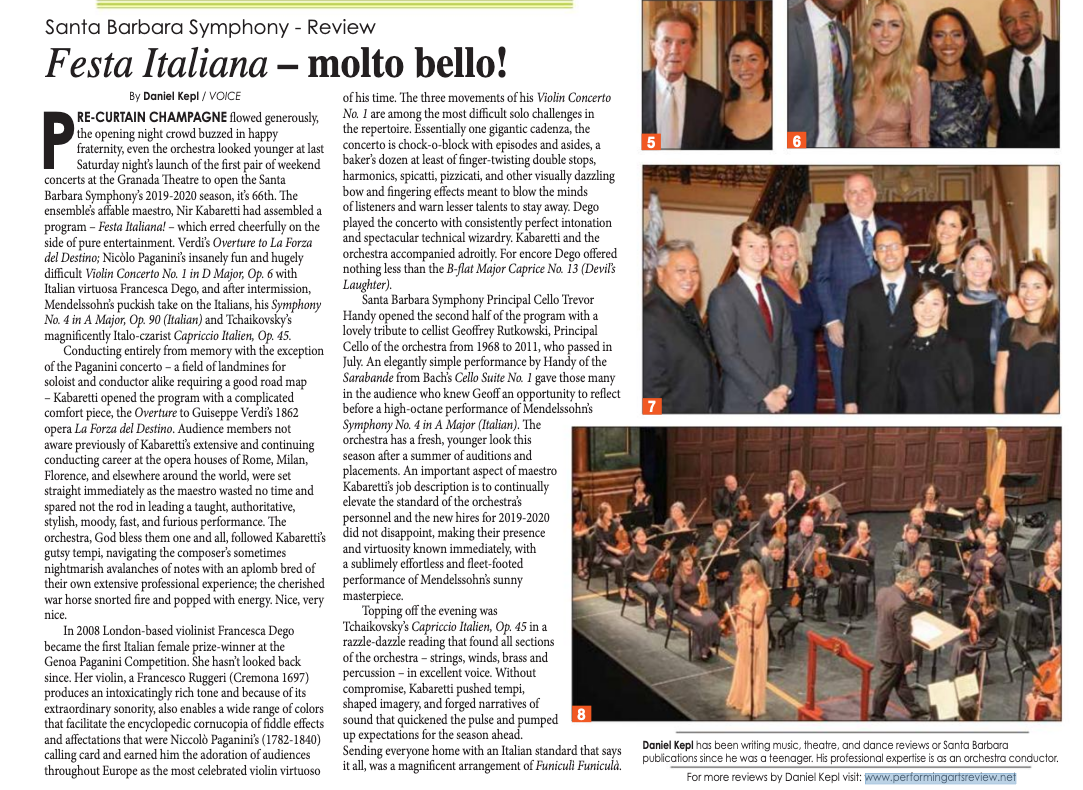
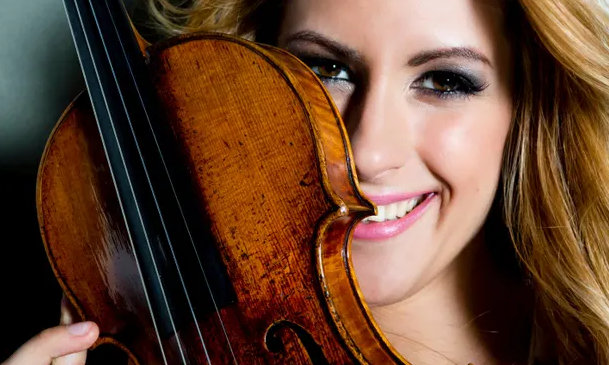
Violinist Francesca Dego
